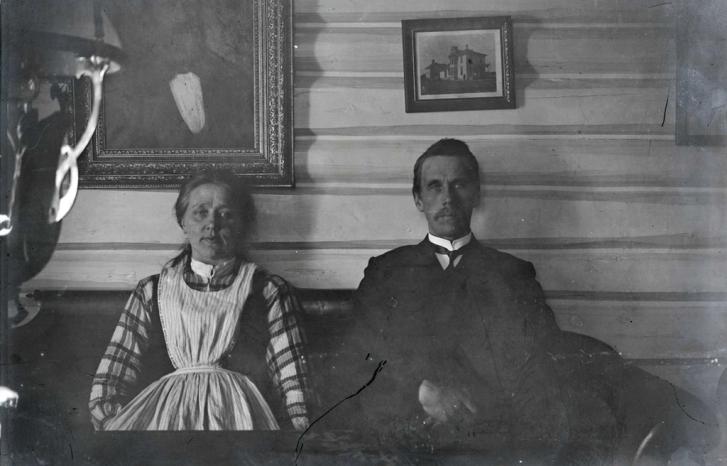Maybe we would have had fewer pizza deliverers and shorter rush hours.” Charlotte Koren is thinking aloud. Then she exclaims:
“But it’s almost impossible to imagine what Norway would be like today without this development.”
Koren is the author of the recently published book Kvinnenes rolle i norsk økonomi (“The role of women in the Norwegian economy”), which explores how women’s entry into the labour market in the period from 1970 to 2010 changed the Norwegian economy.
“Women’s transition from homemaker to wage-earner over the past 40 years has had an enormous impact on the economic growth. After all, this has meant 600 000 new employees,” says Koren.
More money and higher consumption
The overall income of families rose thanks to the new group of working women. With more disposable income, families have also been able to buy more things. In turn, greater consumption has stimulated growth in the Norwegian economy.
“Having their own income has been crucial for the women themselves. It has made women more financially independent from their husbands,” says Koren.
“But men have also become more financially independent because the family has gained another breadwinner. Since men no longer shoulder the entire financial responsibility for their families, they have more money to spend and the opportunity to increase their own personal consumption.”
In short, the new two-income families have helped to increase consumption, but they have also boosted the price of apartments and houses. According to Koren, this has created significant differences between single people on the one hand and people who are married or living together with a partner on the other.
More tax revenues
Not only do families have a higher income due to women’s transition to working life, the government has more money in the treasury as well.
“The amount of money paid in taxes by the 600 000 additional wage-earners has been highly significant. Assets that used to be created in the household became taxable income, and thus public income.
“At the same time that tax revenues to the government rose, the need for public services such as child-care centres and elderly care facilities increased as well.
Thus taxation of women’s new income has been a driving force and critical element in the expansion of welfare services,” says Koren.
See also: Wealthy women voted first
Clothes and jam
Because the majority of women in Norway work outside the home, many of the tasks traditionally performed at home have been converted to profit-oriented activity.
Some of the tasks that first disappeared from the home were those that were taken over by the clothing and food preservation industries. It is more effective to sew shirts and preserve food in a can or jam in a jar on an assembly line.
“This means that the work and production that was unpaid in a natural economy within the household is now sold at a profit,” says Koren.
Growth misunderstood
According to Koren, growth in the Norwegian economy is a result of several factors, but in order to understand economic development in Norway over the past 40 years, it is important to include women’s transition to working life.
“This means that some of the economic growth measured in the economy is not actually growth in production, but a transition to a money economy,” Koren explains.
“Production took place without remuneration, but previously it was not measured as part of the national economy.”
Still unpaid work
An increasing number of tasks have been moved out of the home, such as ordering a pizza for delivery rather than making dinner at home, or paying a housecleaner to wash the floors.
However, a great deal of unpaid work is still performed at home, such as preparing meals, washing the floors, doing the laundry, watching the children and doing house repairs.
“Based on time use surveys, economists estimate that the value of activities carried out in households is a considerable amount today as well,” says Koren.
However, it is the visible work that is measured in time use surveys. Koren writes in her book that it is difficult to place an economic value on the cultural and emotional assets managed by the households, such as rest and play, childrearing, and the transfer of knowledge and traditions.
See also: "Drop the pen and pick up the needle!"
Inside the private sphere?
“Do you envision a complete transition from homemaker to wage-earner, where everything in the home ends up being commercialized?”
“I view the developments over the past 40 years as the end of a transition from a natural economy and self-sufficiency on each individual farm to a society in which almost everything becomes a profit-oriented activity.”
“But when we enter the innermost private sphere, there are factors other than economic profitability that are the defining ones,” Koren emphasizes.
“For example, it’s probably overkill to have a dental hygienist come to your home every evening to brush your teeth.”
Translated by Connie Stultz.
Charlotte Koren is an economist who previously worked as a researcher at NOVA – Norwegian Social Research. Her book Kvinnenes rolle i norsk økonomi (“The role of women in the Norwegian economy”) was recently published.


